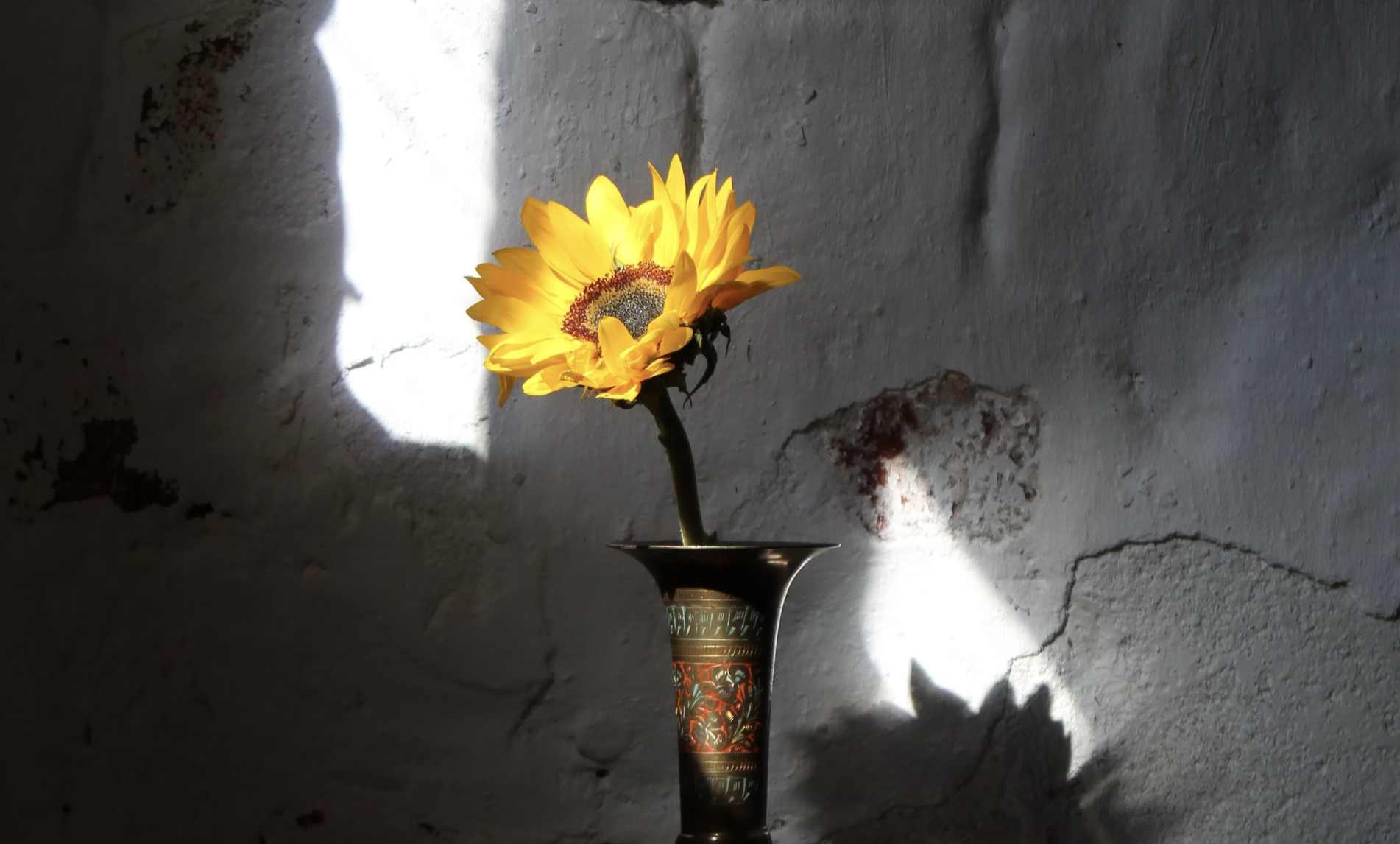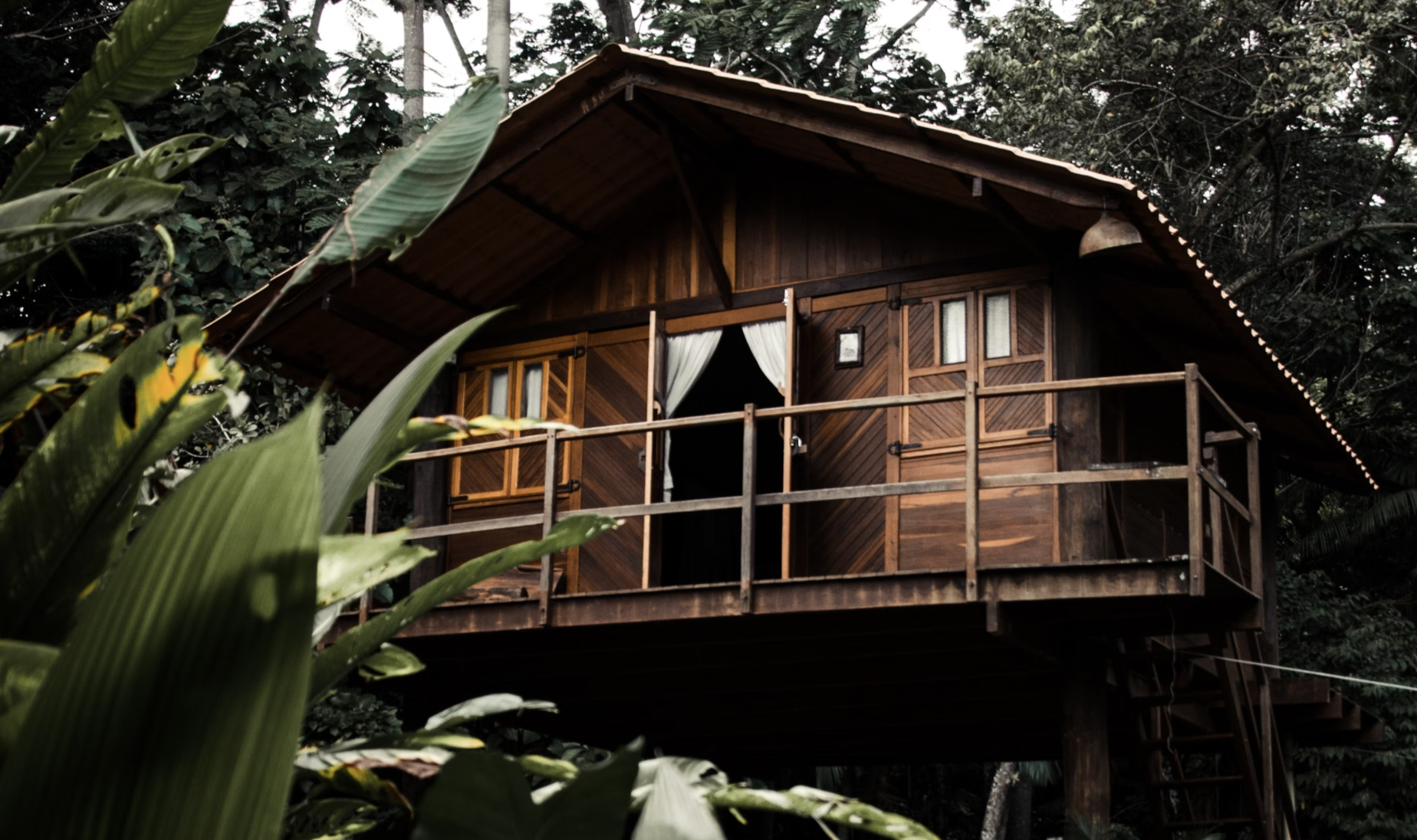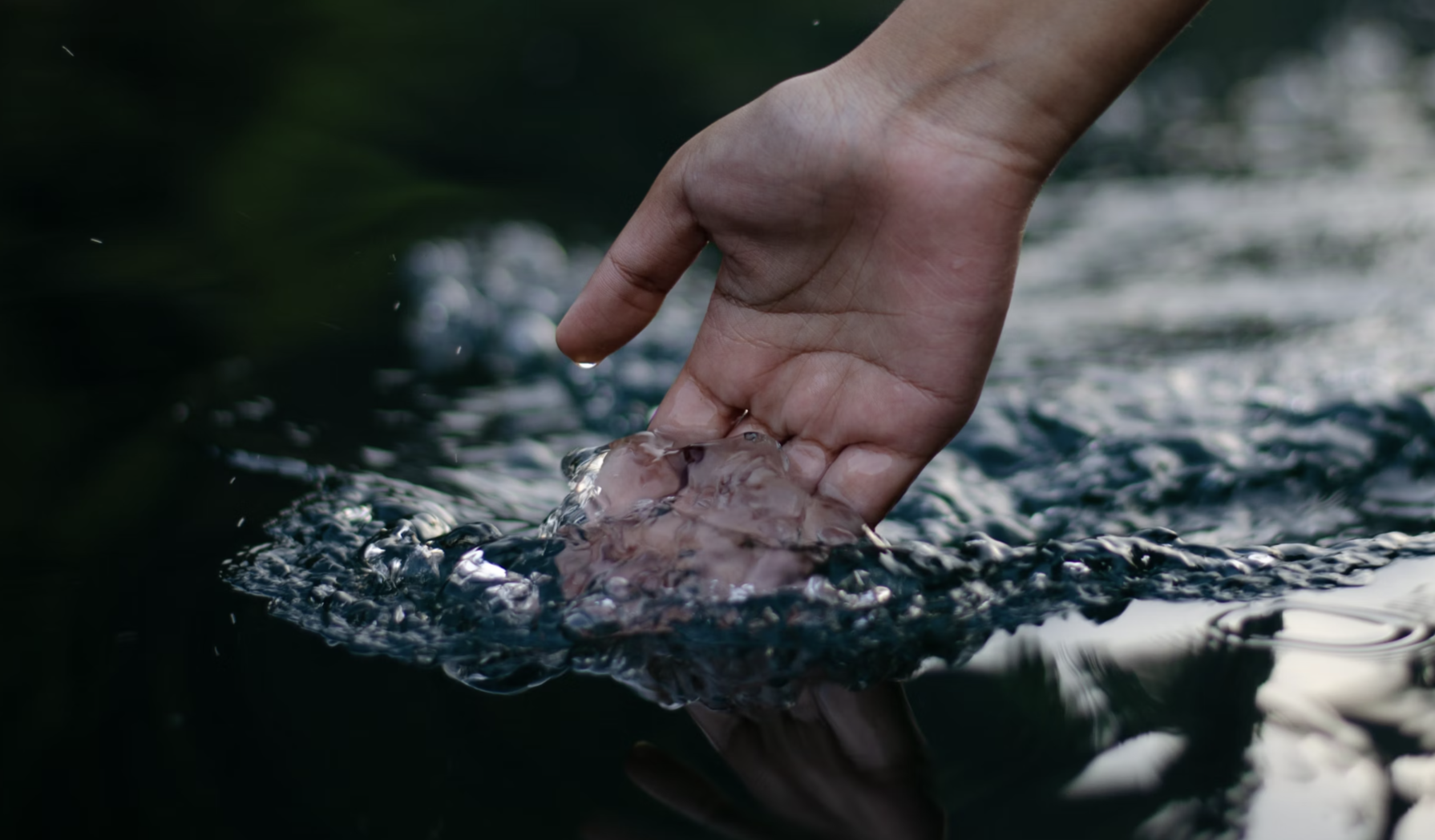The Fundamentals of Biophilic Design
A cafe in Canggu, Indonesia.
How can we design for greater human connection and health by bringing the outside in? Biophilic design is more than just adding plants to a room, although that can be a good starting place. It's a holistic design philosophy (that can span interior design to architecture and even product design) that reconnects us to nature, supporting our physical, mental, & emotional needs…
Here are the core principles as we see them…
Natural light, outside-in.
1) Letting the Outside Inside
Think natural full-spectrum light, fresh air, indoor plants and even water & fire elements (obvious safety concerns permitting!). These micro-interactions with nature soothe the nervous system* and improve air quality. Try to skip the fake and artificial.
2) Organic Materials & Patterns
How can we use wood, stone, cotton, clay, water and organic textures in the design process? These patterns mimic the randomness & tactility of nature, helping to build a calming, grounded atmosphere. Think about the waterfall features that are sometimes found in high-end spas.
The cabin is the king of biophilic design.
3) Nature-Inspired Colours
Earthy tones like warm neutrals, moss green, terracotta, and soft blues mimic the natural world.
4) Spatial Flow & Organic Shapes
See many straight lines in nature? Nope! Avoid rigid layouts in favour of soft curves, open floor plans & introverted nooks for reflection. Think about the processes of contraction and expansion, growth & hibernation.
You just know this feels good.
5) Sensory Engagement
Scents of essential oils, tactile natural fibres like linen, the music of birdsong, or even the crackle of a fireplace help build a connection to the outdoors. Even the wind can have a role to play.
6) Connection to Place
Make use of native materials and regional flora (what historically grows in the habitats around you?). Incorporate cultural references to help ground our design within the surroundings. We are part of biology after all!
Ultimately, by incorporating elements of biophilic design in our lives, we can offer some downtime from the cold, the grey and the digital!
*A University of Michigan study found that just 20 minutes in nature was enough to significantly reduce stress hormone levels.
Thumbnail Photo by Kalen Emsley.




